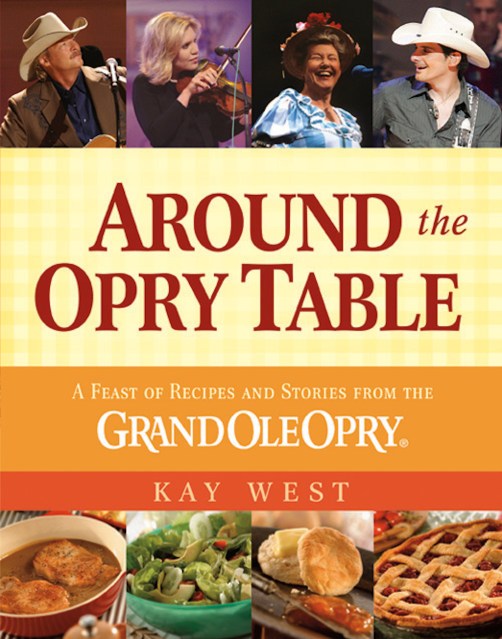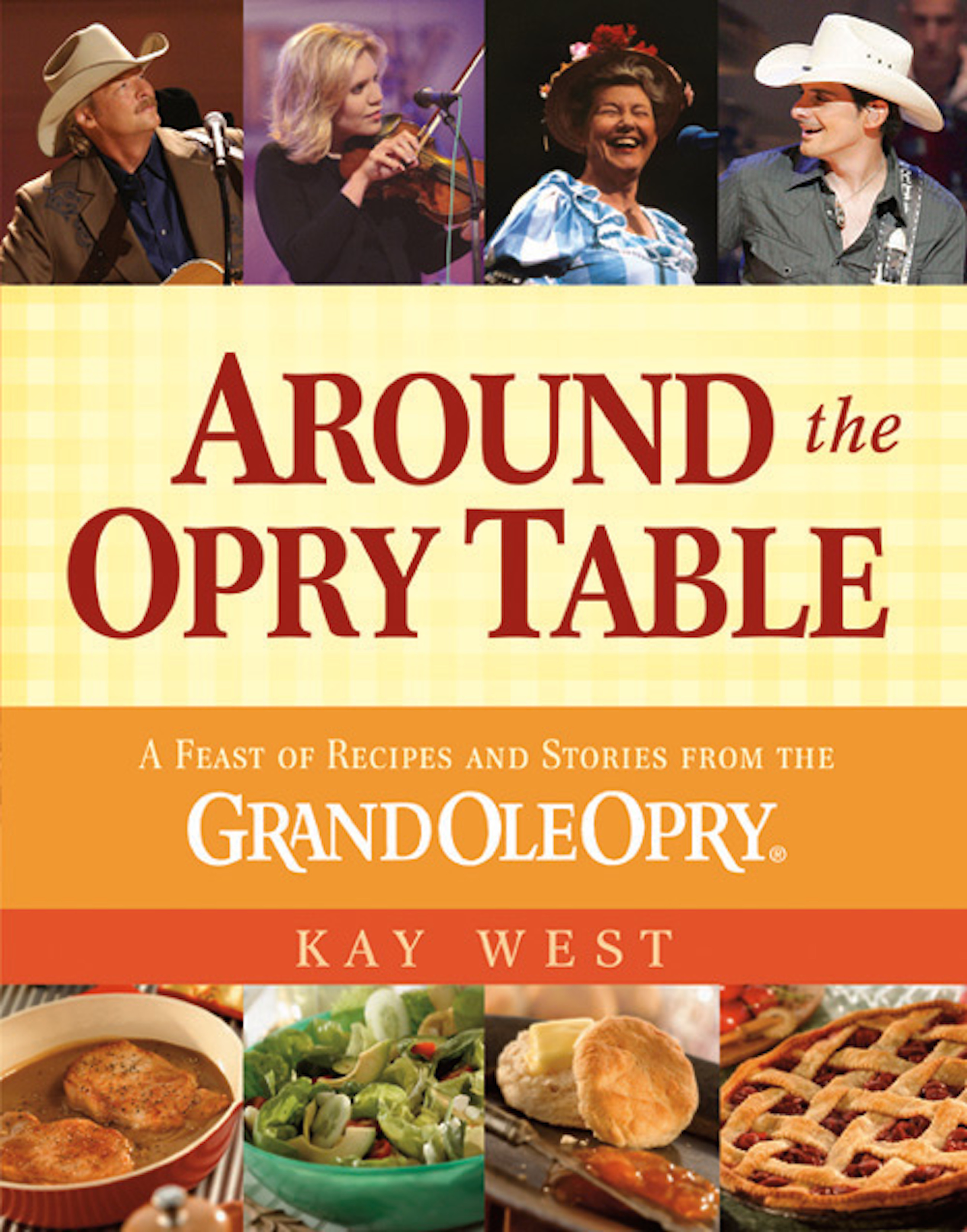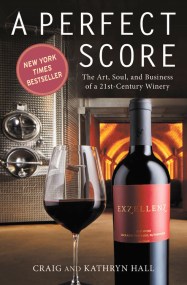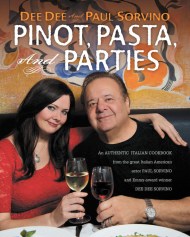Promotion
Use code MOM24 for 20% off site wide + free shipping over $45
Around the Opry Table
A Feast of Recipes and Stories from the Grand Ole Opry
Contributors
By Kay West
Formats and Prices
Price
$11.99Price
$15.99 CADFormat
Format:
ebook (Digital original) $11.99 $15.99 CADThis item is a preorder. Your payment method will be charged immediately, and the product is expected to ship on or around May 30, 2009. This date is subject to change due to shipping delays beyond our control.
Also available from:
Genre:
- On Sale
- May 30, 2009
- Page Count
- 304 pages
- Publisher
- Center Street
- ISBN-13
- 9781599952772
Newsletter Signup
By clicking ‘Sign Up,’ I acknowledge that I have read and agree to Hachette Book Group’s Privacy Policy and Terms of Use




